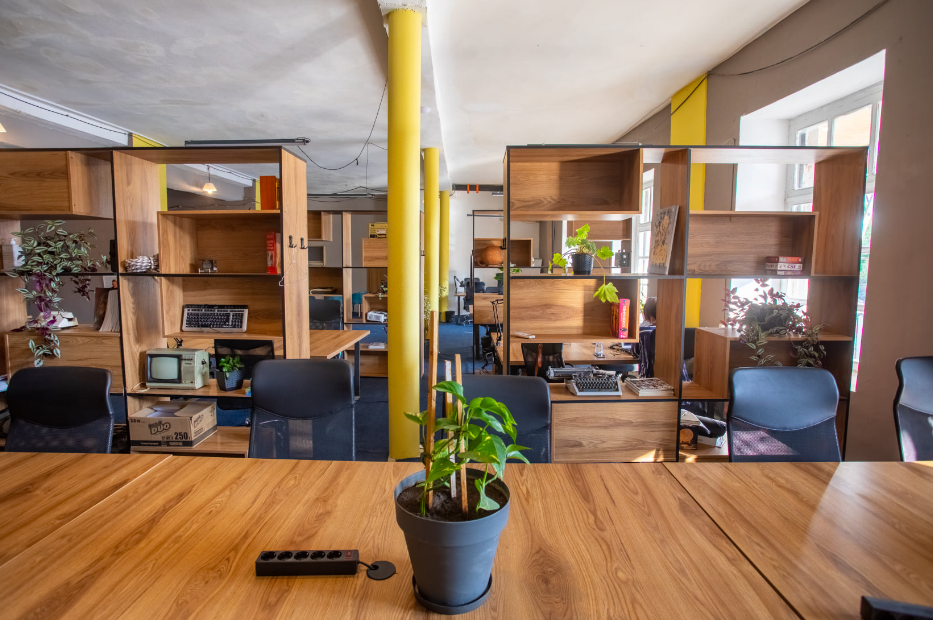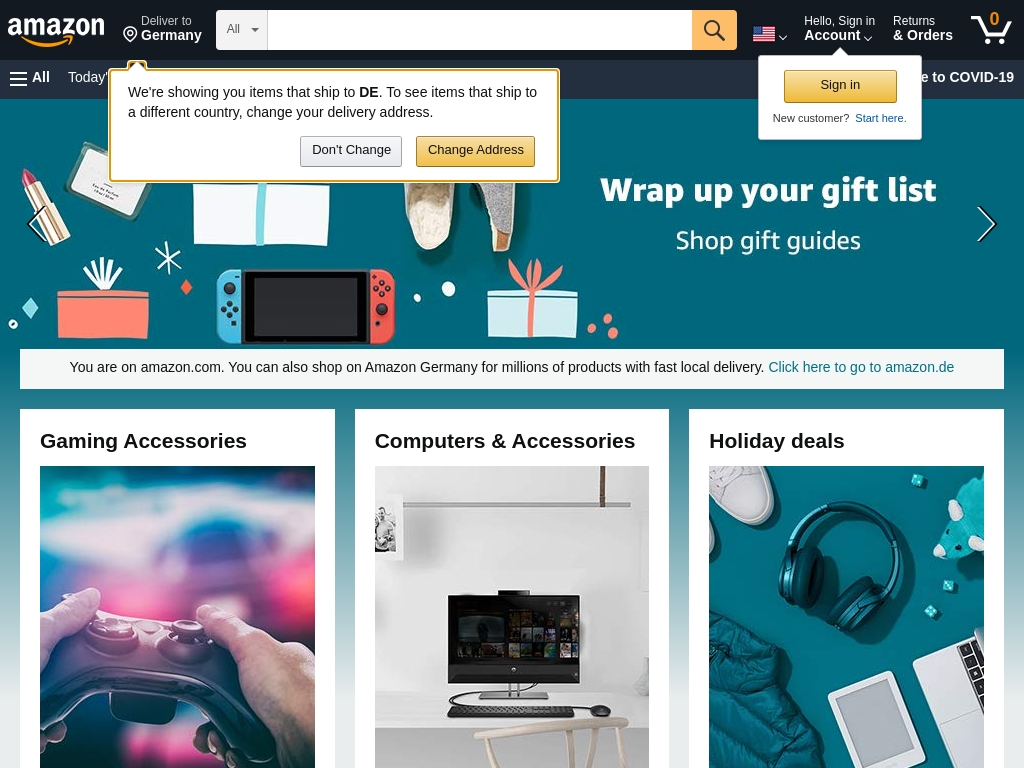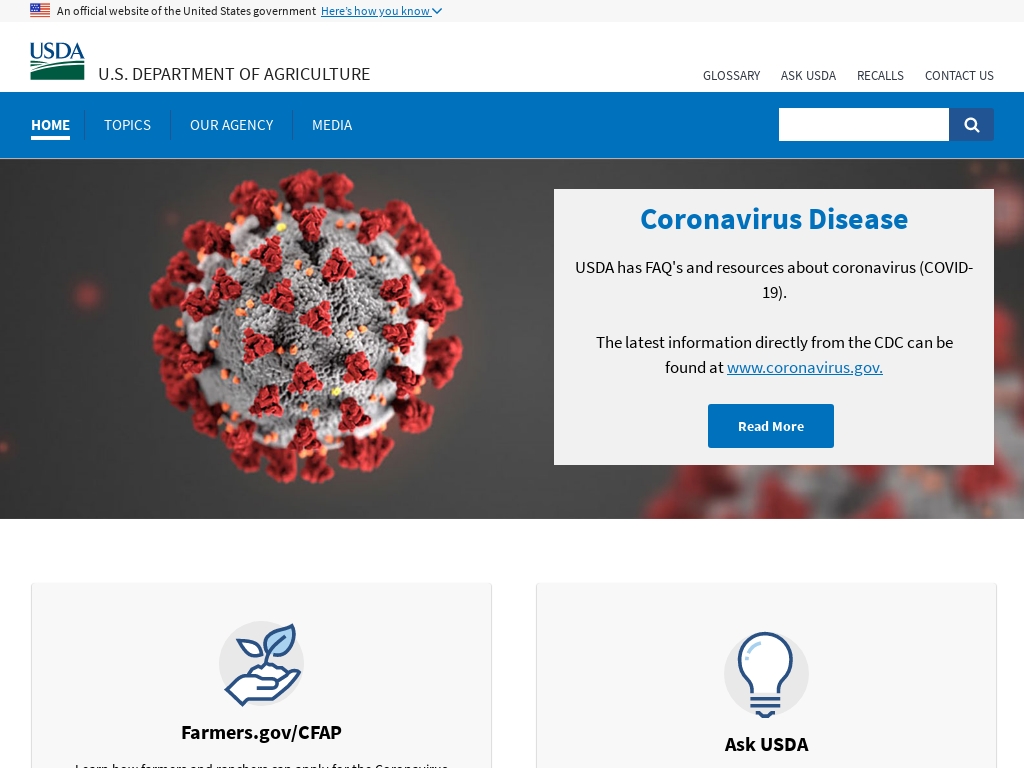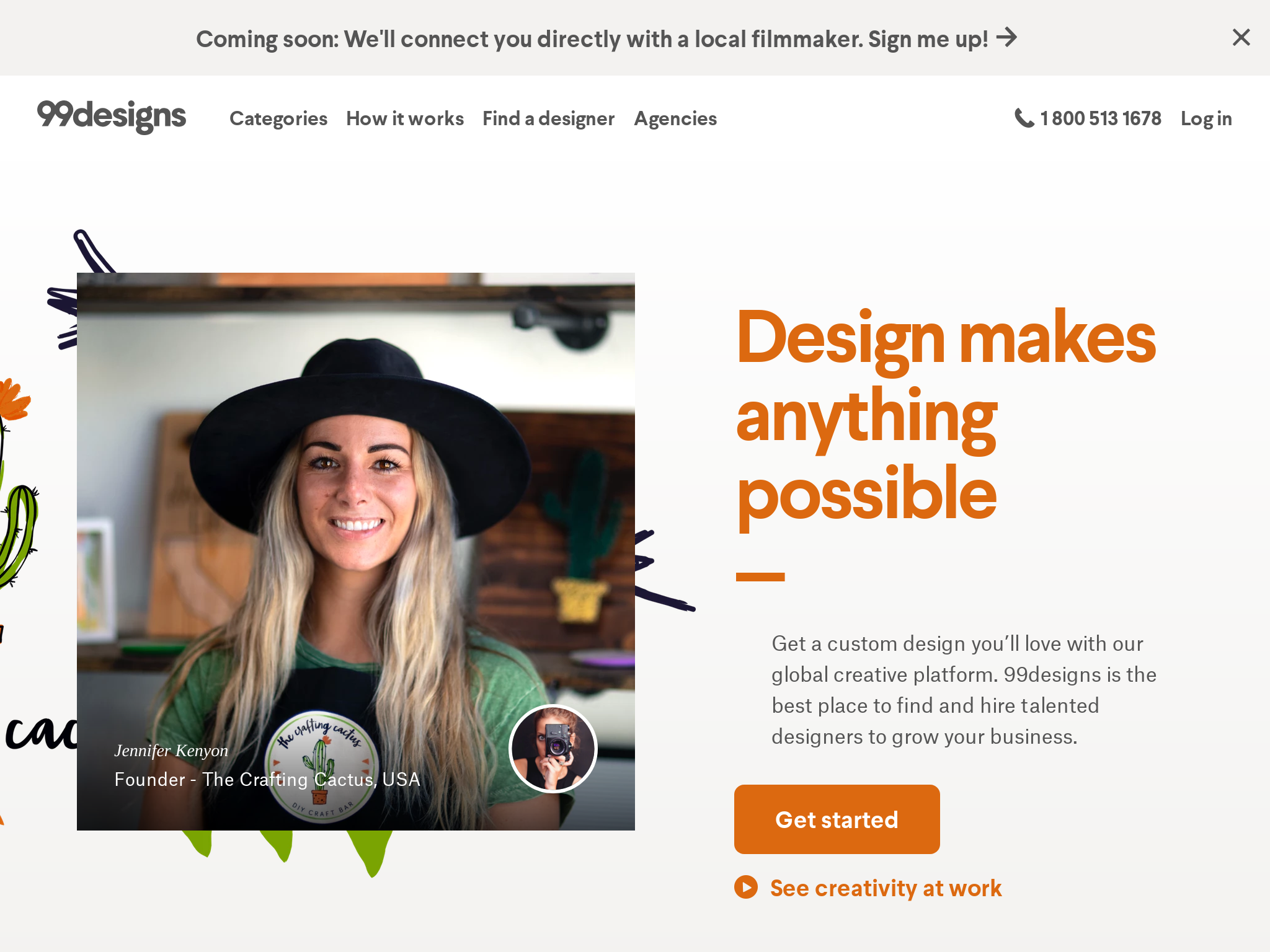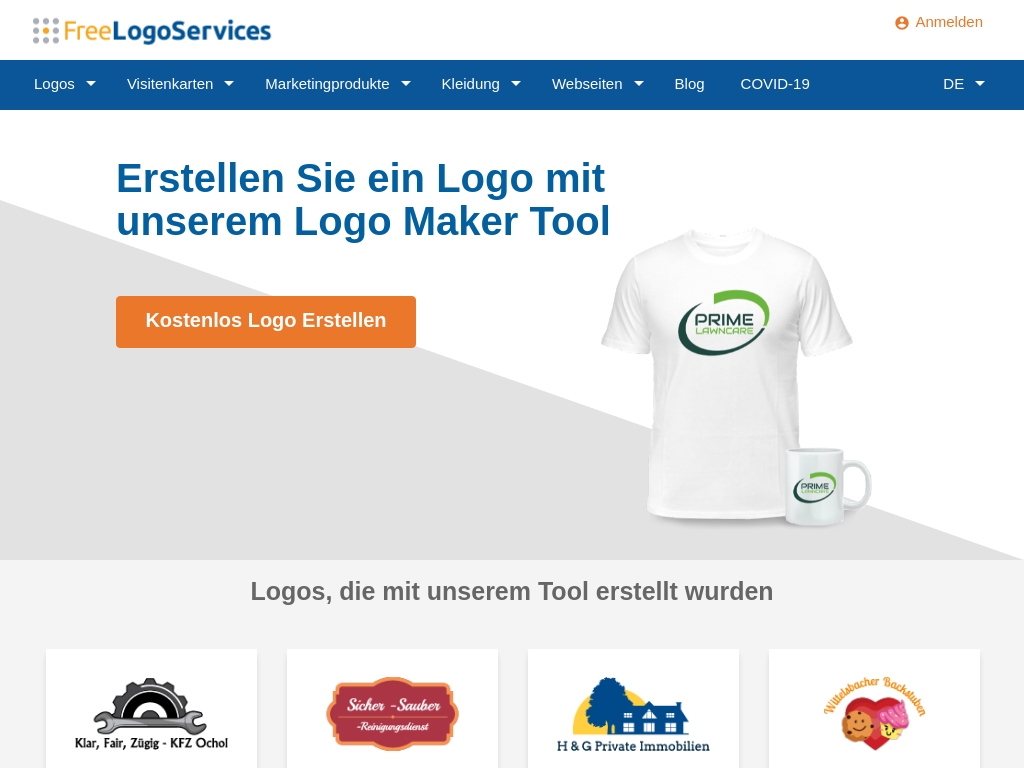Start A 3 D Food Printing Business - Business Ideas
Please note that the data provided in this article are estimates and may vary depending on various factors, and should not be considered as perfect or definitive.
Some application areas of 3D printing in the food industry include producing customized food designs, personalized and digitalized nutrition, a simplified supply chain, and broadened source of available food materials.
3D printing has enabled researchers in the food industry to provide suitable alternatives for meat. Startups are working to ensure the appearance, taste, texture, and flavor of 3D-printed meat matches closely with the current meat-eating experience. Other applications of 3D printing in the food industry include 3D baking decoration equipment, 3D food design platform, and 3D printing desserts.
Research shows that 3D food printing is expected to reach approximately $873 million over the next few years.
Therefore, starting a 3D food printing business will be a noble idea.
Starting a 3D food printing business requires a great deal of effort, dedication, and most importantly passion.
If you're interested in how to sell 3D food printing, or selling 3D food printing online, you can use this page as a guide for everything you'll need to know.
Key Stats
Startup Costs
| Min Startup Costs | Max Startup Costs | |
|---|---|---|
|
Employee & Freelancer Expenses |
$151 |
$252 |
|
Website Costs |
$223 |
$7,015 |
|
Business Formation Fees |
$600 |
$4,700 |
|
Vehicle Expenses |
$0 |
$10,000 |
|
Retail Business Expenses |
$1,250 |
$6,650 |
|
Advertising & Marketing Costs |
$75 |
$3,986 |
|
Software Expenses |
$162 |
$2,720 |
|
Office Space Expenses |
$0 |
$100 |
|
Specific Industry Expenses |
$0 |
$500 |
|
Total Startup Costs |
$2,461 |
$35,923 |
Successful Businesses
| Business | URL | Rank | |
|---|---|---|---|
|
|
Space Z |
facebook.com/SpaceZ.ge |
6 |
|
|
Amazon |
amazon.com |
11 |
|
|
Costco |
costco.com |
386 |
|
|
Stripe |
stripe.com |
2,390 |
|
|
USDA |
usda.gov |
3,185 |
|
|
CGTrader |
cgtrader.com |
4,522 |
|
|
3D Models for Professionals :: TurboSquid |
turbosquid.com |
5,180 |
|
|
LegalZoom |
legalzoom.com |
5,231 |
|
|
99designs |
99designs.com |
5,866 |
|
|
Utah.gov: The Official Website of the State of Utah |
utah.gov |
6,144 |
|
|
FreeLogoServices |
freelogoservices.com |
7,934 |
Pros & Cons
| Pros | Description |
|---|---|
|
Little startup costs required |
The cost to start a 3D food printing business costs significantly less money than most businesses, ranging anywhere from 62 to 35,923. |
|
Rewarding work |
Starting a 3D food printing business can be really rewarding work. After all, you are solving an immediate issue for your customer and you're working on something you truly care about. |
|
High customer retention rates |
Once a customer invests in your product, they've invested their time and energy to utilize your product/service which is highly valuable to them. Typically, your product or service becomes indispensable to your customer. |
|
Pick & choose the clients you work with |
3 D Food Printing Businesses have the ability to choose the clients they work with. You have the freedom to work with only a few loyal clients or with hundreds of clients! |
|
Control of workload |
With starting a 3D food printing business, you have the unique ability to choose how little or how much you want to work. You also have the freedom to decide which projects you want to work on, and can turn down the ones that do not interest you. |
|
Gain exposure and experience |
This career allows you to gain experience working for multiple different businesses - which will benefit your resume and also keep things interesting for you! |
| Cons | Description |
|---|---|
|
Motivation of employees |
If you plan to have a sales/content team on board, finding creative ways to motivate them can be a challenge. It's important that you're able to offer great incentives and a good work environment for your employees. |
|
Longer Sales Process |
A 3D food printing business can be a big time and money investment for your customer, so it's important you plan and predict a longer conversion funnel and stay in communication with potential customers. |
|
Work can be inconsistent |
As a 3D food printing business, the amount of work assigned to you and schedule tends to be more inconsistent, which may make your income less stable. It's important to set boundaries and budget accordingly based on the amount of work you plan to have. |
|
Lack of benefits |
With a 3D food printing business, you are typically self-employed and responsible for finding your own insurance, which can be quite costly and time-consuming. |
|
Taxes |
As a 3D food printing business, you typically pay self-employment taxes which can be quite high. It's important to understand what you will be paying in taxes each year so you can determine if the work you're taking on is worth it. |
|
No safety net |
Typically, as a 3D food printing business, you do not receive a consistent pay-check and instead earn money based on your transactions each month. During the slow periods, you typically take away less since the job is based on commission. It's important to budget accordingly for the slow times. |
Marketing Ideas
-
1
Direct Sales
Direct sales strategy implies a direct contact between a seller and a consumer without the involvement of any third party. Direct selling is popular in sectors where sellers communicate with their clientele personally. The sales technique occurs at non-store locations which include at home, work, or online.
For direct selling to succeed, hire a few (or many) salespeople to support the sales conversion process. It's critical that you assign them specific roles and responsibilities to nurture the client and provide excellent support.
-
2
Word of mouth
Word of mouth is when a consumers reflects their interest in a company’s product or service in their daily dialogues.
Therefore, word of mouth advertising is essentially a free advertising triggered by the customers experience.
According to Nielsen, 92% of people trust recommendations from friends and family.
Therefore, in today’s hyper-connected world, a single recommendation through a word of mouth can have a huge impact to your business.
-
3
Social Media Advertising
Social media advertising is the use of social media platforms to connect with your audience with the objective to build your brand, increase sales, and drive website traffic.
According to Oberlo, approximately 48% of the global population use social media, and the number is ever-growing.
Therefore, social media allows brands access to cost-effective advertising by enabling them to interact with a large audience.

- 4,818 founder case studies
- Access to our founder directory
- Live events, courses and recordings
- 8,628 business ideas
- $1M in software savings

- 4,818 founder case studies
- Access to our founder directory
- Live events, courses and recordings
- 8,628 business ideas
- $1M in software savings

- 4,818 founder case studies
- Access to our founder directory
- Live events, courses and recordings
- 8,628 business ideas
- $1M in software savings

- 4,818 founder case studies
- Access to our founder directory
- Live events, courses and recordings
- 8,628 business ideas
- $1M in software savings

- 4,818 founder case studies
- Access to our founder directory
- Live events, courses and recordings
- 8,628 business ideas
- $1M in software savings

- 4,818 founder case studies
- Access to our founder directory
- Live events, courses and recordings
- 8,628 business ideas
- $1M in software savings

- 4,818 founder case studies
- Access to our founder directory
- Live events, courses and recordings
- 8,628 business ideas
- $1M in software savings

- 4,818 founder case studies
- Access to our founder directory
- Live events, courses and recordings
- 8,628 business ideas
- $1M in software savings
